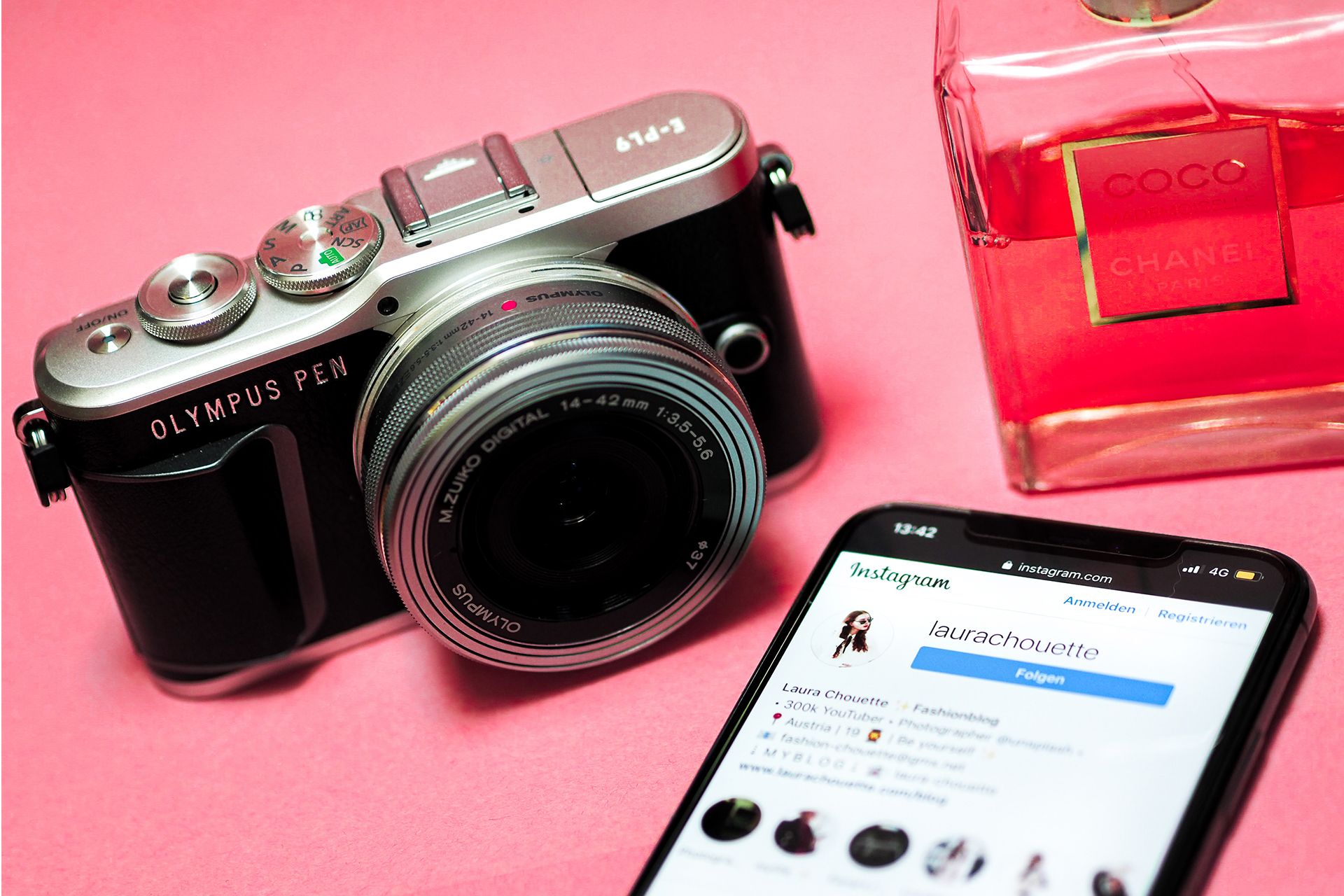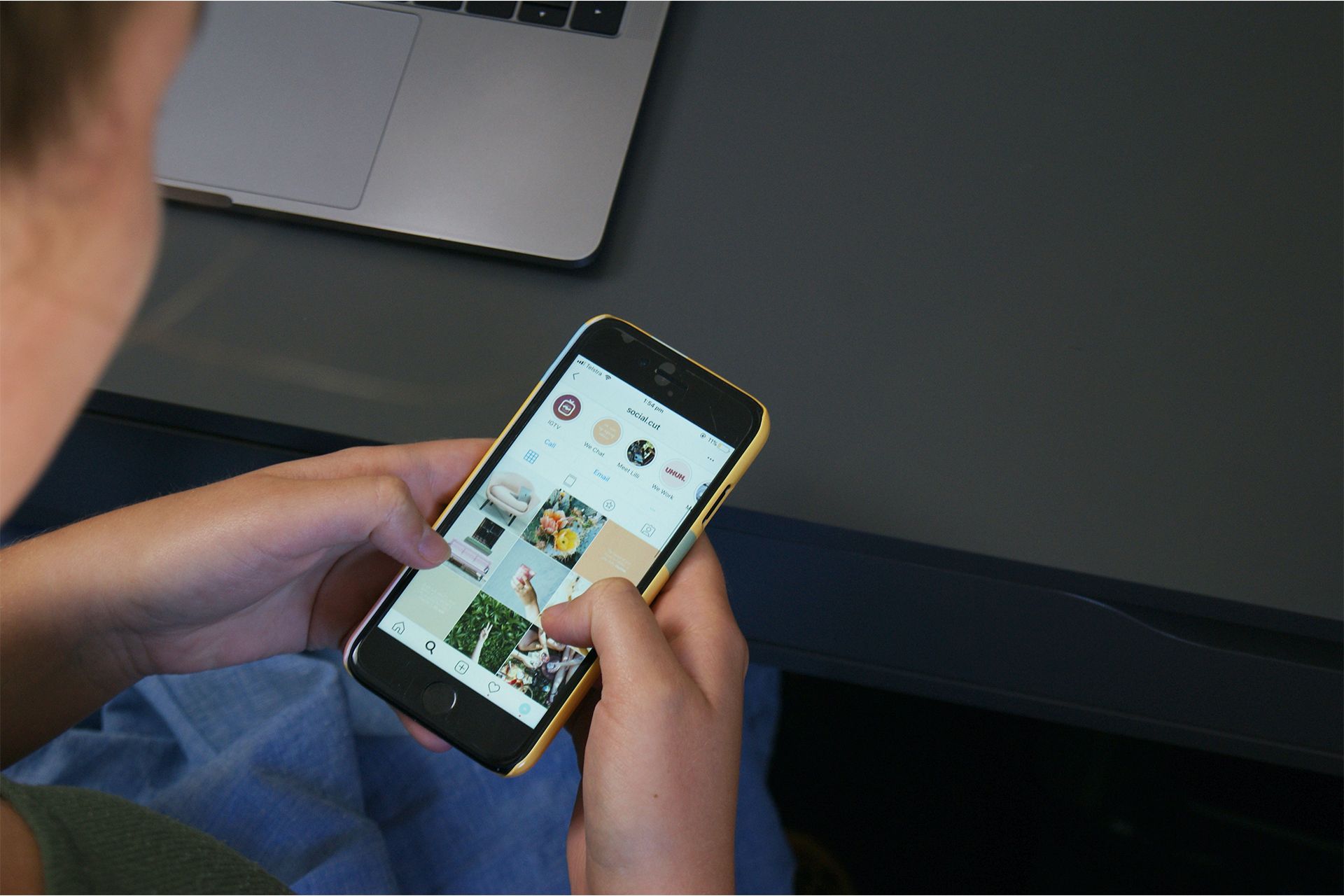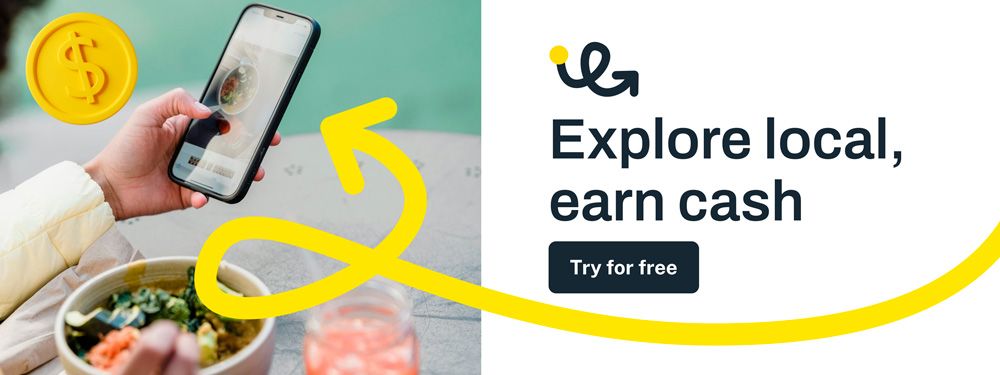How to Grow Your Brand with Micro Influencer Marketing
Discover the secrets of collaboration with micro influencer in your digital marketing strategy. Learn how to find micro influencers in this blog post! Slug: micro-influencers
Nancy J. Hassler
If you're wondering what micro-influencer marketing means and how it could benefit your brand, you're in the right place. This blog post is your guide to understanding the ins and outs of micro-influencers and how they can transform your marketing strategy.
Instead of partnering with celebrities or high-profile influencers, you can collaborate with individuals who might not have millions of followers but have an incredibly engaged and loyal audience. These micro-influencers create posts that feel like recommendations rather than traditional ads, making their impact all the more powerful.
Our goal here is to make this concept clear and actionable for you. We'll walk you through the major advantages of working with micro influencers over celebrities, find out why digital marketing stands behind it, and how to find micro influencers.
What is a Micro Influencer?
 Micro-influencer is a creator who has 1,000 to 100,000 followers across their social media platforms. But here's the catch: the engagement rates per post peak at around 1,000 followers. 82% of consumers are inclined to purchase something a micro-influencer recommends.
Micro-influencer is a creator who has 1,000 to 100,000 followers across their social media platforms. But here's the catch: the engagement rates per post peak at around 1,000 followers. 82% of consumers are inclined to purchase something a micro-influencer recommends.
In a clear shift, 77% of marketers plan to collaborate with micro-influencers. Central to the essence of micro influencer marketing is the art of connection. Fueled by their genuine nature, they receive comments, likes, and clicks. This engagement isn't just about numbers – it reflects the profound resonance that micro-influencers strike with their audiences. Needless to say, it feels like personal recommendations from friends rather than celebrity endorsements.
If An Influencer Starts Doing Sponsored Posts, Are They Selling Out?
While the term "influencing" might sometimes carry a negative connotation, in reality, it's a beautiful and transparent connection between creators and brands.
From the influencer's perspective, the products they showcase are often already organically present in their day-to-day lives. Given their expertise in specific niches, they naturally choose brands they genuinely admire and believe in. This cooperation is more about sharing recommendations than mere transactions.
It's important to remember that there is no one-size-fits-all answer to this question. Whether or not a micro influencer marketing is selling out is a matter of opinion, depending on various factors.
Why Should Brands Consider This Over Other Forms Of Digital Marketing?
Cost-Efficiency
Brands that work with micro influencers have a significant financial advantage. Unlike mainstream influencers who promote products through ads with massive follower counts, micro-influencers offer their services at a more affordable rate. However, remember that pricing varies based on factors such as the type of content. For instance, there's a marked difference between a concise written message and a comprehensive video showcasing a product. Additionally, partnerships that align with seasonal trends might see adjusted rates to match product demands.
For perspective, consider the indicative price ranges outlines:
- Micro influencers on Instagram: $100–$500 per post
- on YouTube: $200–$1,000 per video
- on TikTok: $25–$125 per video
- on Twitter: $20–$100 per Tweet
- on Facebook: $250–$1,250 per post
This contrasts the considerable sums required for high-follower influencers, often reaching $10,000 or beyond for a single post. Enhanced Engagement More and more businesses increasingly rely on micro influencer due to their deeply engaged audiences. They foster meaningful interactions—likes, shares, and comments—around their content.
You may wonder why there is an answer – micro-influencers have an impressive 6% engagement rate on Instagram, contrasting the 1.97% rate observed among mega-influencers. Despite smaller followings, micro-influencers excel in engagement. With fewer followers, they maintain higher interaction rates. Research shows that as followers increase, engagement percentages decrease. However, micro-influencers sustain robust engagement, often outperforming macro-influencers.
Target Audience
Micro-influencers provide brands access to a segment of a targeted demographic genuinely intrigued by the brand's offerings. While macro-influencers scatter their message across a broad spectrum, micro-influencers cultivate fervent pockets of interest, augmenting the chances of resonating profoundly with the intended audience.
Micro influencer marketing specializes in niche segments, making them adept at aligning with your brand's ethos. This precision targeting ensures your message reaches an audience genuinely interested in your offerings, a pivotal factor in bolstering conversion rates.
Credibilty
92% of consumers place more trust in recommendations from fellow individuals than in brand-generated content, even if those individuals are strangers. Micro-influencer bridges the authenticity gap. They are not mere avatars but tangible thought leaders within their chosen domains. Consequently, their endorsements hold weight and influence.
Personalization
Micro-influencers endorse products they love. The methodology employed here is shrewd and insightful. Brands don’t send 'sample' products for influencers to incorporate into their content. Instead, influencers are required to either possess the product or proactively procure it. This approach ensures content submissions stem from personal affinity, aligning with the influencer's authentic experiences. Still not convinced?
Micro-influencers are storytellers, not just promoters. Their content reflects personal experiences, genuine feedback, and relatable narratives. This storytelling resonates with audiences, forging an emotional connection between the brand and the consumer. By sharing authentic stories, micro influencer collaboration fosters deeper brand-customer relationships.
Sounds impressive, right? Keep reading to discover how to find micro influencers.
Why Are These Micro-Influencers Better Than Celebrities?
 Keep reading to find out why micro influencer hold a distinct advantage over celebrities in brand promotion.
Keep reading to find out why micro influencer hold a distinct advantage over celebrities in brand promotion.
Authenticity that Resonates
Unlike celebrities, they maintain close-knit communities, fostering genuine connections with their followers. This authenticity lends credibility to their endorsements, as their recommendations stem from real experiences and genuine enthusiasm. Audiences are likelier to trust micro-influencers, perceiving their endorsements as honest rather than scripted.
Niche Expertise and Targeting
Now, I’m going to stop you. Micro-influencers are experts in their niches. They focus on specific passions or interests, giving them an in-depth understanding of their audience's needs and preferences. This expertise facilitates precise targeting, ensuring the brand's message reaches the right people. In contrast, celebrities might have broad appeal but lack a nuanced understanding of niche markets.
Engagement that Matters
A testament to micro-influencer campaigns is their engagement rates, soaring at an impressive 150 percent compared to those driven by celebrities. The pivotal distinction lies in how their audience perceives the content. Then again, celebrity endorsements often feel like advertisements, whereas micro-influencers endorsements resonate as authentic endorsements.
Cost-Efficiency and ROI
Working with micro-influencers is often more cost-effective than partnering with celebrities. Micro-influencers charge lower fees while delivering substantial engagement and conversion rates. Brands can collaborate with multiple micro-influencers for the price of one celebrity, expanding reach and impact without straining budgets.
While celebrities may reach a larger audience, not all those followers are interested in your product. But one thing is for sure: collaborating with them often brings higher conversion rates than celebrity endorsements – 82% of people expressed a strong likelihood to follow micro-influencer recommendations.
Where Do I Find Influencers?
And boom! You’re there. We have prepared a list of how to find influencers for your needs.
Social Media Platforms
The digital realm brims with influencers across platforms like Instagram, TikTok, YouTube, Twitter, and more. Each platform has its type of content of influencers catering to diverse audiences. Utilize search functions, hashtags, and explore pages to find influencers whose content resonates with your brand.
Micro influencer platform - SnaAds
Dedicated influencer marketing platforms act as hubs connecting brands with influencers. Platforms like SnapAds empower real, local customers to create and post ads for your brand.
Why chase distant "clicks" and "views" when your real impact lies within your local community? SnapAds prioritizes localized marketing efforts, enabling local customers to create and share ads within their immediate circles.
SnapAds goes beyond ad creation; it's a comprehensive hub for managing your marketing efforts. From content creation and social media posts to customer engagement and event marketing, all elements converge in one centralized platform. Let’s be honest, this micro influencer platform streamlines management and provides a holistic view of your brand's marketing landscape.
The micro influencer is intricately connected within their local communities, creating a ripple effect of word-of-mouth recommendations. Their reach might be smaller in numbers, but it's highly targeted. By tapping into their networks, brands can ensure their messages resonate within specific regions. Furthermore, you have the flexibility to decide on your ad budget, kicking off campaigns with a small initial investment. You pay only for local views, meaning if you’re targeting the Austin audience, these expenses cover views only within that region, excluding others.
Industry Events and Conferences
Industry-specific events, trade shows, and conferences gather professionals and thought leaders. Here, you can spot influencers who are making waves in your sector. Engaging with influencers in real-life settings can lead to authentic partnerships.
Customer Recommendations
Your customers can be your best guides to influencers. Leverage customer feedback, reviews, and interactions to uncover influencers who resonate with your audience. They might already be promoting your brand organically.
Niche Forums and Blogs
Niche online forums, blogs, and communities harbor enthusiasts who could be influential in their respective realms. Engaging in these spaces can help you identify voices with authority.
 So what does it all mean? The essence lies in synergy, where collaboration stands as the foundation. Here, SnapAds bridge the gap between customers and their beloved brands.
So what does it all mean? The essence lies in synergy, where collaboration stands as the foundation. Here, SnapAds bridge the gap between customers and their beloved brands.
The choice is yours.